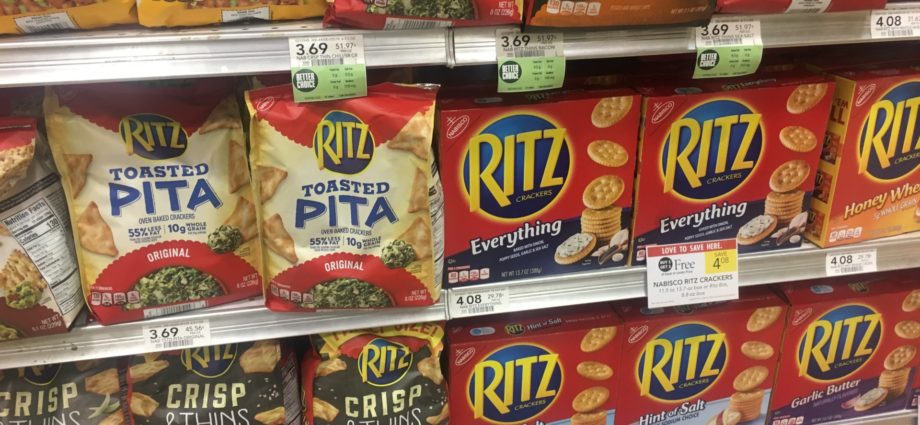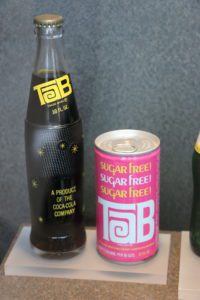When a brand goes into decline or a company purchases another company, older legacy brands often get lost or neglected, even when there is value and bankable goodwill. While some names are worth killing off, there is enormous value in many older legacy brands.
What is a company to do if they are faced with a legacy brand that is declining? What if they have a duplicate brand (Northwest and Delta) as a result of a merger?
Here are some tips:
1. Keep the old name. When a business buys another business, make every effort to keep the old name, using it anywhere that fits. Turn the old brand into a sub-brand, or non-consumer operating unit, preserving the brand equity in a legal sense. Do license it, but don’t license it on anything and everything. That’s called naked licensing, and it won’t in a legal sense to preserve the brand for you.
2. Turn it into a niche product. If you have a declining brand, scale back advertising and market it as a niche product. Niche products require no advertising, and carry high margins. Niche products, even if just barely breaking even, help hold market share. Use an old brand like a test lab that pays for itself. License it. Extend it. Have fun with it. Think Tab cola. Strange women in Kansas will buy it, we guess Anderson Cooper’s mom buys it, and hot sorority chicks in Atlanta will buy it, and all will pay $4.99 a six pack for it, no coupons. You will never have to worry about a sale or ad budget. They just sell. Proctor & Gamble licensed the production and marketing of Noxema Shave Cream to an outside company while it kept the main Noxema name for itself.
3. Keep a brand name alive any way you can. A brand is valued on a balance sheet as goodwill. If a brand is screwed up, you can close stores, or rethink. But whatever you do, keep the brand alive. Because if it is determined that there was another opportunity with the brand, you don’t want to be the one that hocked the family silver and lost the rights to the trademark. In families, siblings get angry about that. In publicly traded companies, raiders, accountants and attorneys get a bit pesky about losing assets.
4. License it. Chrysler keeps the AMC and Pacer brands alive by licensing them for remote control toys. Not a big market, but if 20 years from now, everyone decides they want an AMC or Pacer, you’re in business. Sell some T-shirts. Give away some mugs at trade shows. ANYTHING to keep the name in business and viable so it is not lost. Or even sell off the brand.
5. Time heals. Stupid brand names get less stupid with time. Scandals are forgotten. Stick with it for a long time, and folks will get used to it, even if it looks like a logo for Spacely Sprockets. While we’re all for great logos designed by great graphic artists, you want consistency.
6. Always make good products. The quality of the product trumps the price. In addition, the quality of the product also trumps the design. If it is good, it will sell.
7. Company brands are as important as product brands. Many products look strange without the master company brand. Life (the game), while made by Hasbro, has the Milton Bradley logo on boxes. Nabisco is a “Master” brand that “rules” its sub-brands, that include Triscuit, Chips Ahoy, Ritz, Uneeda, Fig Newton. Do not use a brand on its own, without a master brand. Once there was Ritz brand, made by Nabisco brand bakery, made by Nabisco company, that is no more. Now there is Ritz brand, of Nabisco Bakery, owned by Kraft. Kraft appears in small text on the back of the box. There is room for all brands. But don’t sell Ritz without the Nabisco, even if Kraft changes and some hedge fund comes through. It won’t work.
8. Keep old versions of the logo around. If there are tweaks and changes to the logo, don’t make all of your dealers change all the logos on small buildings. A bit of narrative is good. Cookie eaters are smart enough to understand that design evolves, and to have slightly different versions of the design around helps consumers know that the brand has been around for a long time and has the strength of history. Plus all the time enforcing brand standards on little guys or small offices sends the wrong message. It’s a freaking waste of time, this whole process of rooting out old stationary with the “old look” for some anal “consistency” program dreamed up in some not very good branding office in a faraway place. Any bank teller will laugh in the face of the sign guy, who comes through every year to change the brand with new signs.
9. Involve the founding family. If you want to legitimize a brand that has gone dormant and make it real again, involve someone from the founding family to participate. For instance, when Macy’s finally wakes up and revives the Marshall Field’s brand, it can gain extra attention by making the announcement, with the family, at the Field Museum, not at the State Street Store. This will indicate to patrons that Macy’s understands the role of the family’s philanthropy, and city of Chicago, as a primary part of the importance of the brand name.
10. Geography is important. Part of building the history of a brand is the story behind it. A brand must be rooted in a place (Life Savers=Chicago, Marlboro=Richmond, Camden=Campbell’s, Kellogg’s=Battle Creek). Even if a factory must move, keep a presence in the original location. But in reality, all this crap about moving production overseas has done nothing to help American brand names, and only tarnished their reputations. (End of sermon!)
11. Customers own good brands. Companies don’t. They are merely custodians, who owe it to consumers to keep a good product in business.
12. Companies won’t get into trouble if you revive a dead brand. Companies shouldn’t get embarrassed by bringing an old brand back. Very often, they are worried that it will point up management mistakes if you bring a product back. In case after case, companies that bring back old brands are showered with goodwill for reversing their positions.
13. Stockholders see a missed opportunity with a discontinued brand. If there is a public campaign out there to bring back an old brand or revive a severely declining one, this is prima facie proof to stockholders and the public that the old brand had equity. Company executives that are incapable of harnessing this goodwill look inept.
14. Retailing brands can become store brands. If you have a popular retail name, put it on some of your products. Then, the brand can survive on its own, and have value on its own.
15. Look to overseas markets for licensing opportunities. Buick came very close to dying in the U.S. market, but has thrived in China, because of pre-World War II nostalgia. Your brand also might be loved in a foreign land. If your home market is having a hard time sustaining your brand, look abroad for export or licensing possibilities.
16. Words are a brain connector: A name is a connector, shorthand. We don’t want to get too medical about this, but a word helps people remember things and takes the person back to the certain place in the brain. If the word disappears, what good associations that came with the brain place disappear too. That’s the trouble about killing off a brand name; what the brand stood for automatically disappears.
17. Sometimes it costs more. Sometimes doing things for seemingly irrational reasons is a bit more expensive. But if it differentiates the brand and makes for extra sales, these idiosyncratic expenditures can be worthwhile because they set your company ahead of the other generic marketing approaches.
18. Research, archive. Keep prior versions of your product around, not for sentimental reasons, but for research purposes. Keep a file of old clippings. Frame stuff on the wall. History is about collecting facts, and knowing the successes and failures of the past will help you make more informed decisions.
19. Hey Nineteen. It’s a favorite Steely Dan song. I just wanted to write that. Seriously, connect your brand to good music, whether it be a jingle, instrumental theme or playlist. Music registers in the brain like nothing else, and you want it on your side.
20. Keep a sense of humor and good spirits. Brands are personalities, and the people that lead brands help to define the brand over the years. If the people who lead the company are Chainsaw Al, you get a brand that gets tarnished. If you have a brand led by a good humored, decent person, you have a decent brand. Certainly, jerks can run successful companies, but over and over, great brands, in their formation, were created by good people who had a bit of genius inspiration from above.









Do you know what the red symbol actually is or stands for, on the Nabisco products? Thanks